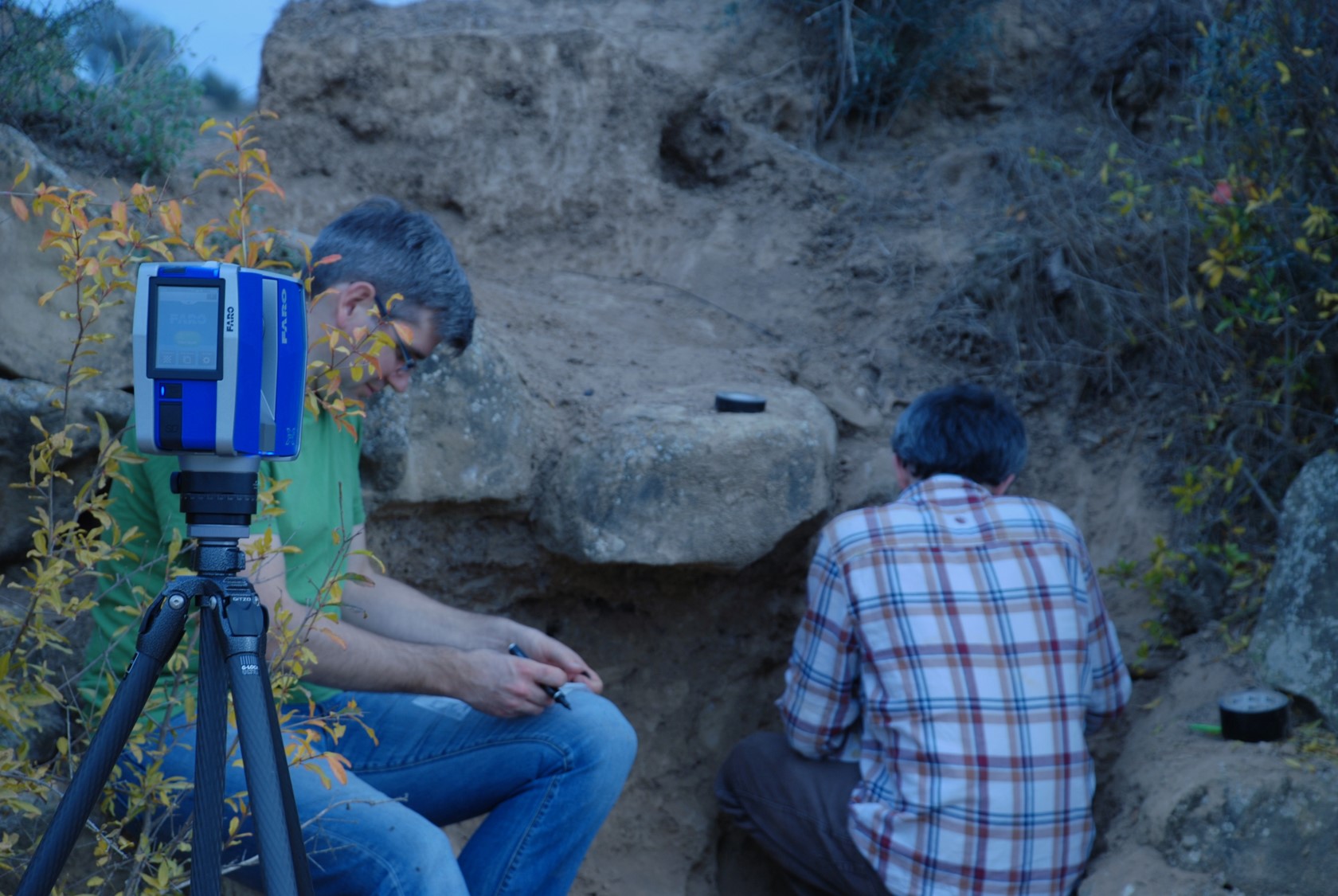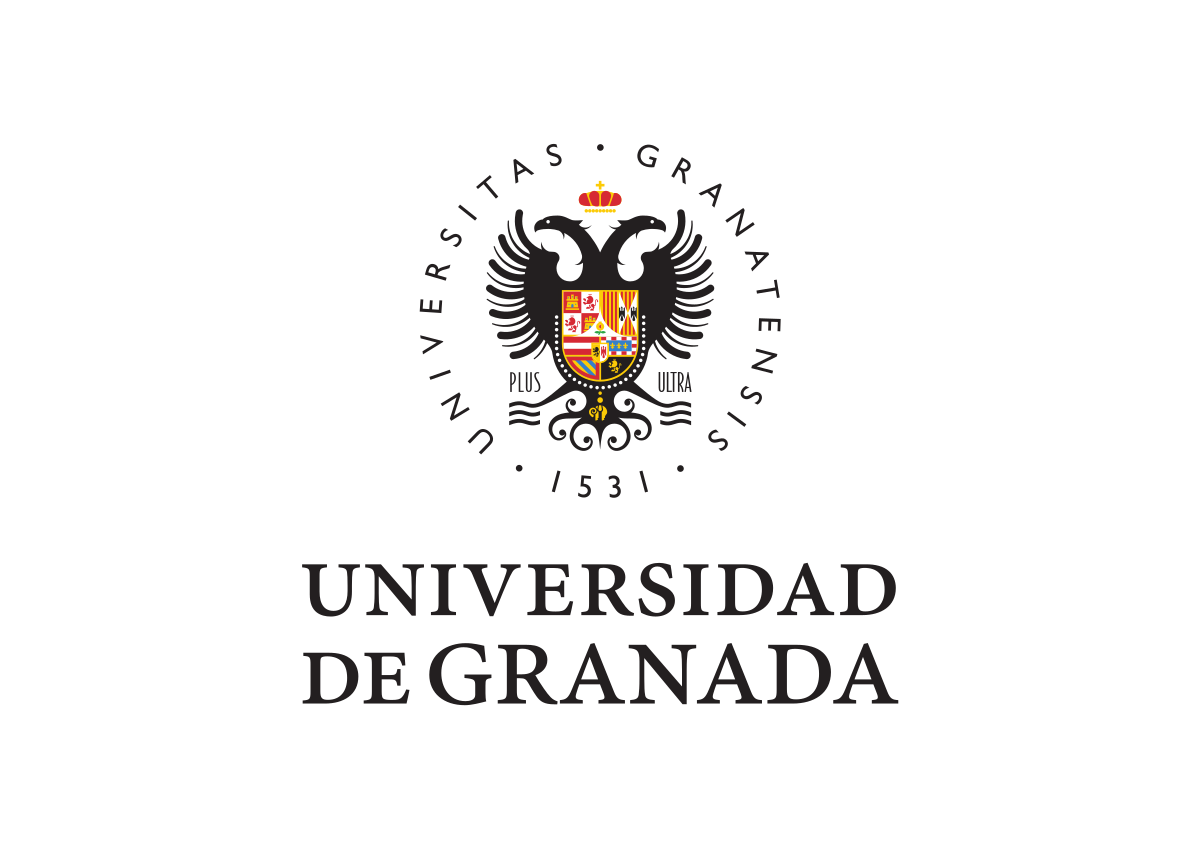Objectives
TerraSAgE is geared towards uncovering knowledge of past landscapes and using it to model scenarios of change and thereby inform sustainable strategies for the future of land-management. Terraces provide a unique case for understanding long-term environmental impacts of land-use and evaluating long-term sustainability in agricultural practice and policy. For example, studies have demonstrated how the EU Common Agricultural Policy led to more intensive farming, mechanisation and new terracing techniques in the Mediterranean, including land-levelling, the introduction of new crops like vines and almonds, and less stable, bulldozed 'bench' terraces. This shift from pre-20th century 'traditional' terracing had major environmental consequences, causing widespread erosion and impacting soil health and drainage. Better understanding of how historic periods of transformation in farming impacted the land are essential to provide better information with which to underpin future sustainable land-use and create informed policies for future resilience, particularly in the face of increasing demand for food and climatic instability. Such needs are not limited to Europe and can be identified around the world. TerraSAgE's research, though conducted in Europe, will have relevance for global terrace conservation and management. In this sense, the project will contribute to progress towards the UN Sustainable Development Goals (for example Goal 2 'Zero Hunger' and Goal 15 'Life on Land', which are both concerned with the sustainable use of terrestrial ecosystems). Because the approach of TerraSAgE will examine the relationships between environmental concerns about soil, water and management and cultural heritage issues, the project will also contribute towards the implementation of the European Landscape Convention (which has been signed and ratified by all the countries where the project will work), whose revolutionary definition of landscape emphasises the indivisibility of its natural and cultural aspects.





